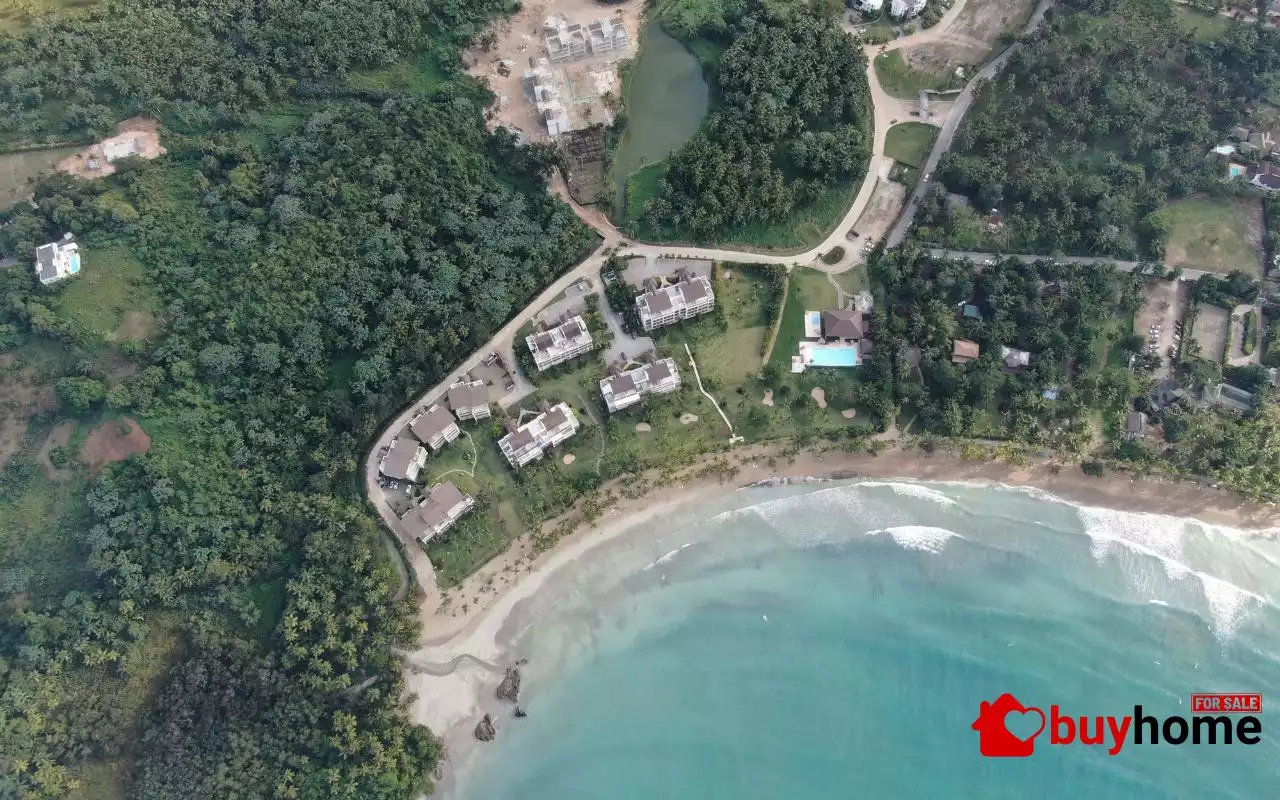📋 Table of Contents (TOC)
Introduction to Luxury Real Estate in Spain
Spain has long been a coveted destination for luxury real estate investment, attracting buyers from around the globe. The allure of the Mediterranean climate, rich cultural heritage, and stunning landscapes make it an ideal location for high-end properties. In recent years, the luxury real estate market in Spain has seen significant growth, driven by both domestic and international buyers. This blog will provide a comprehensive overview of the current state of the luxury real estate market in Spain, exploring trends, key regions, investment opportunities, and more.
The luxury real estate sector in Spain is characterized by a diverse range of properties, from opulent villas along the Costa del Sol to historic palaces in cities like Barcelona and Madrid. The demand for such properties has been fueled by the increasing number of affluent individuals seeking second homes or investment opportunities in Spain. As we delve deeper into the market, we will uncover the factors that contribute to the appeal of luxury real estate in this vibrant country.
Current Market Trends
The luxury real estate market in Spain is currently experiencing a dynamic shift, influenced by various factors including economic conditions, buyer preferences, and global trends. One of the most notable trends is the increasing demand for sustainable and eco-friendly properties. Buyers are now prioritizing energy-efficient homes that incorporate sustainable materials and technologies. This shift reflects a broader global trend towards sustainability, which is becoming a key consideration for luxury buyers.
Another significant trend is the rise of remote work, which has led many individuals to seek properties in less urbanized areas. As remote work becomes more mainstream, buyers are looking for spacious homes in picturesque locations that offer a high quality of life. This has resulted in a surge in demand for luxury properties in regions such as the Balearic Islands and the Costa Brava.
Additionally, the luxury rental market is thriving, with many investors opting to purchase high-end properties for rental purposes. This trend is particularly evident in tourist hotspots where short-term rentals can yield substantial returns. Overall, the current market trends indicate a robust and evolving luxury real estate landscape in Spain, driven by changing buyer preferences and economic factors.
Key Regions for Luxury Properties
Spain is home to several key regions that are particularly attractive for luxury real estate investment. Each region offers its own unique charm and appeal, catering to different buyer preferences. One of the most prominent areas is the Costa del Sol, known for its stunning beaches, golf courses, and vibrant nightlife. Towns like Marbella and Estepona are popular among affluent buyers seeking luxurious villas and beachfront properties.
Another notable region is Barcelona, where the combination of modern architecture and historic charm creates a unique real estate market. The city’s luxury properties often feature breathtaking views of the Mediterranean and are located in prestigious neighborhoods such as Eixample and Gràcia.
In addition to these areas, the Balearic Islands, including Mallorca and Ibiza, are renowned for their luxurious estates and exclusive lifestyle. These islands attract high-net-worth individuals looking for a tranquil escape with access to upscale amenities. Each of these regions presents distinct opportunities for luxury real estate investment, making Spain a diverse and appealing market for buyers.
Investment Opportunities in Luxury Real Estate
The luxury real estate market in Spain offers a plethora of investment opportunities for both domestic and international buyers. One of the most attractive aspects of investing in luxury properties in Spain is the potential for high returns. With the increasing demand for luxury rentals, investors can capitalize on the lucrative short-term rental market, particularly in tourist-heavy regions.
Moreover, Spain’s Golden Visa program has made it easier for non-EU investors to acquire property and gain residency. This program has attracted a significant number of foreign buyers, further driving demand in the luxury sector. Investors can benefit from the stability of the Spanish real estate market, which has shown resilience even during economic downturns.
Additionally, there are opportunities for value-added investments, such as renovating historic properties or developing new luxury developments. As urban areas continue to evolve, there is a growing demand for modern, high-end living spaces that cater to affluent buyers. Overall, the investment landscape for luxury real estate in Spain is promising, with various avenues for generating substantial returns.
The Buying Process for Luxury Properties
Understanding the buying process for luxury properties in Spain is crucial for prospective buyers, especially those unfamiliar with the local market. The process typically begins with identifying the right property, which can involve working with a reputable real estate agent who specializes in luxury listings. These agents have in-depth knowledge of the market and can provide valuable insights into available properties.
Once a suitable property is found, buyers will need to conduct due diligence, which includes verifying the property’s legal status, checking for any outstanding debts, and ensuring compliance with local regulations. It is advisable to engage a lawyer who specializes in real estate to navigate the legal complexities involved in the transaction.
After due diligence is complete, buyers can proceed with making an offer. If accepted, a reservation contract is signed, and a deposit is typically required. The final step involves signing the public deed of sale before a notary, at which point the property officially changes hands. Understanding these steps is essential for a smooth and successful transaction in the luxury real estate market.
Challenges in the Luxury Real Estate Market
While the luxury real estate market in Spain presents numerous opportunities, it is not without its challenges. One of the primary concerns for buyers is the potential for market volatility. Economic fluctuations, changes in government policies, and global events can impact property values and demand. Buyers must be aware of these risks and conduct thorough market research before making significant investments.
Another challenge is the competition among buyers, particularly in sought-after regions. The demand for luxury properties often exceeds supply, leading to bidding wars and inflated prices. This competitive landscape can make it difficult for buyers to secure their desired properties without overpaying.
Additionally, navigating the legal and bureaucratic aspects of purchasing real estate in Spain can be daunting for foreign buyers. Language barriers and unfamiliarity with local regulations can complicate the process, making it essential to work with experienced professionals who can provide guidance and support. Despite these challenges, with the right approach and resources, buyers can successfully navigate the luxury real estate market in Spain.
Future Outlook for Luxury Real Estate in Spain
The future outlook for luxury real estate in Spain appears optimistic, driven by several factors that indicate continued growth and demand. As the global economy stabilizes and travel restrictions ease, international buyers are expected to return to the Spanish market, further boosting demand for luxury properties. The appeal of Spain as a desirable destination for both living and investing remains strong, particularly among affluent individuals seeking a high quality of life.
Moreover, the trend towards remote work is likely to persist, encouraging more buyers to seek properties in scenic locations that offer a blend of luxury and tranquility. This shift could lead to increased interest in regions outside major urban centers, creating new opportunities for luxury real estate development.
Additionally, the emphasis on sustainability and eco-friendly living is expected to shape the future of the luxury real estate market. Developers and investors who prioritize sustainable practices will likely find a receptive market among environmentally conscious buyers. Overall, the luxury real estate market in Spain is poised for growth, with evolving buyer preferences and a resilient economy supporting its trajectory.
Conclusion
In conclusion, the luxury real estate market in Spain offers a wealth of opportunities for buyers and investors alike. With its stunning locations, diverse property options, and favorable investment conditions, Spain remains a top choice for luxury real estate. As we have explored, current market trends indicate a shift towards sustainability, remote living, and a strong rental market, all of which contribute to the appeal of investing in high-end properties.
Key regions such as the Costa del Sol, Barcelona, and the Balearic Islands continue to attract affluent buyers, while the buying process, though complex, can be navigated successfully with the right guidance. Despite challenges such as market volatility and competition, the future outlook for luxury real estate in Spain is bright, with ongoing demand expected to drive growth in the sector.
For those considering entering this market, understanding the nuances of luxury real estate in Spain is essential. With careful planning and informed decision-making, buyers can find their dream properties in one of the most desirable real estate markets in the world.



